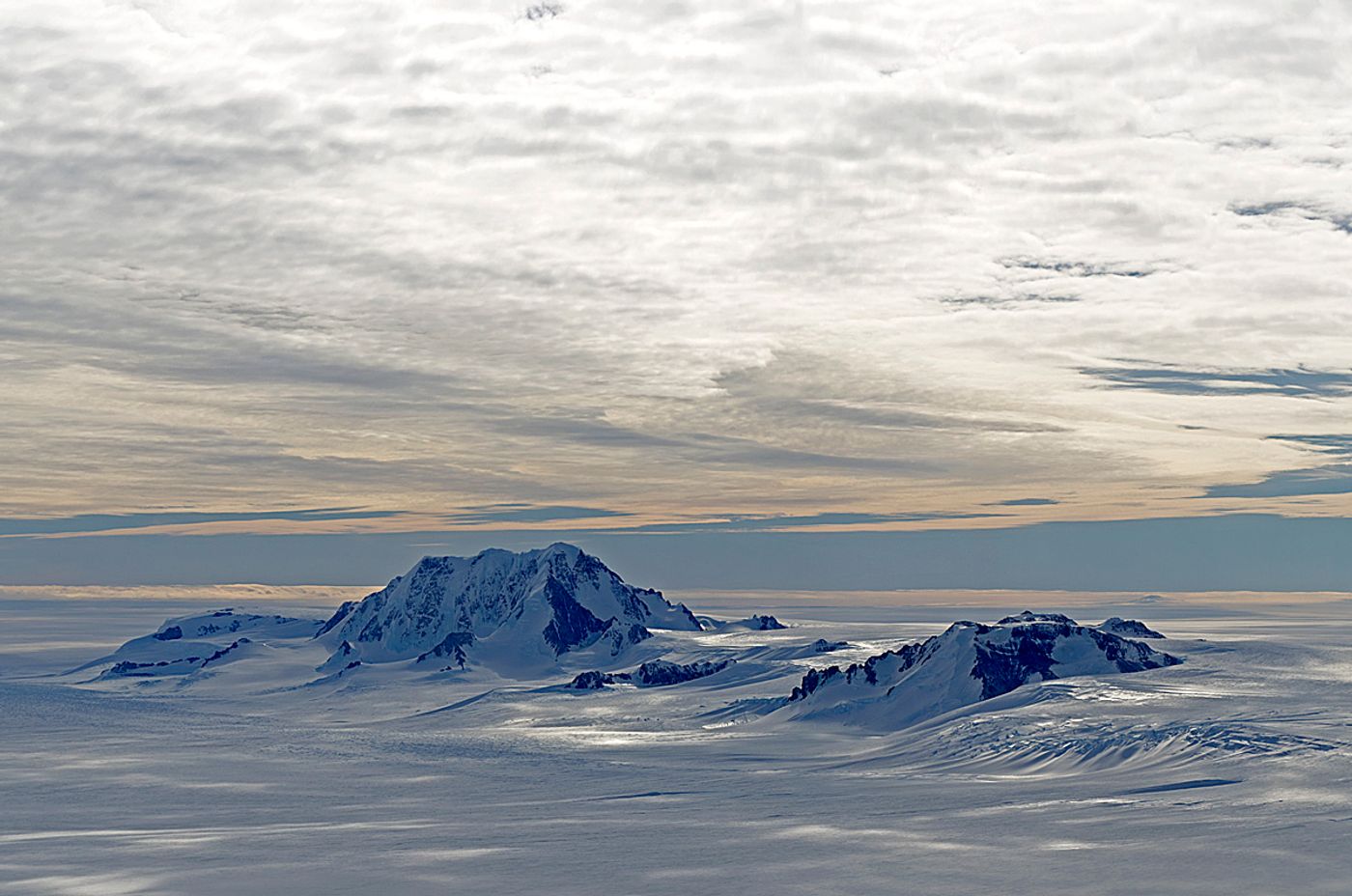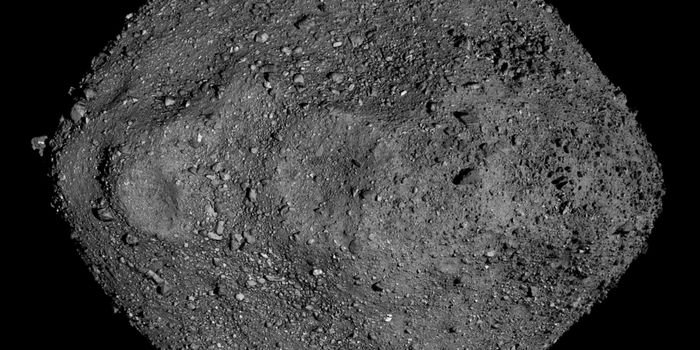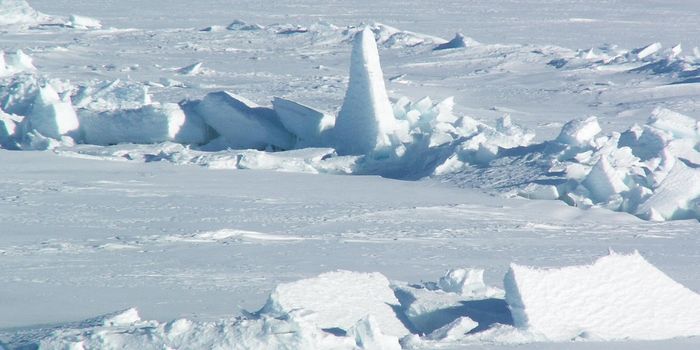Antarctica's got a mantle plume beneath its depths
There is now more evidence that a still undiscovered geothermal mantle plume sits beneath Antarctica, acting as a heat source that could be the cause of melting a part of the continent named Marie Byrd Land. Though scientists stress that the plume is not threatening the West Antarctic ice sheet, it may be part of the reason why the ice sheet is particularly unstable. The heat from the mantle plume melts parts of the ice sheet, which create rivers and lakes under the glacier, making them easier to slide into the ocean.
In the past, the tricky part of the equation has been figuring out just how to measure the conditions under the ice. Previously, (about three decades ago) one scientist had suggested that a mantle plume could explain the
regional volcanic activity and a topographic dome feature in the Marie Byrd Land. But the idea was dismissed until recently when new seismic imaging was discovered.
Hélène Seroussi and Erik Ivins of NASA's Jet Propulsion Laboratory in California studied the mantle plume using the Ice Sheet System Model (ISSM), a numerical depiction of the physics of ice sheets. Seroussi was able to alter the ISSM to see natural sources of heating and heat transport from freezing, melting and liquid water. This, combined with observations of changes in the altitude of the ice sheet surface from NASA's IceSat satellite, allowed the scientists to get a better understanding of how much ice is melting and how that meltwater is impacting ice surface changes.
Their findings surprised them for the sheer enormity of energy coming from the mantle plume: an estimated 150 milliwatts per square meter. (The heat from below Yellowstone National Park is about 200 milliwatts per square meter, as a comparison.) The team's model determined that if the heat flow were any higher, we wouldn't see the conditions we do in the Marie Byrd Land today.
It is thought that the Marie Byrd Land mantle plume formed 50 to 110 million years ago, way before the West Antarctic ice sheet was born. Following Science Daily, the ice sheet went through a period of rapid, sustained ice loss when changes in global weather patterns and rising sea levels pushed warm water closer to the ice sheet at the end of the last ice age around 11,000 years ago. Those conditions are similar to what's happening in our modern-day climate. So what does that mean for Antarctica? Seroussi and Ivins suggest the mantle plume could facilitate rapid loss of ice, not because of the melting itself, but because of the instability that it poses for the ice sheet.
Sources: Journal of Geophysical Science, Science Daily









